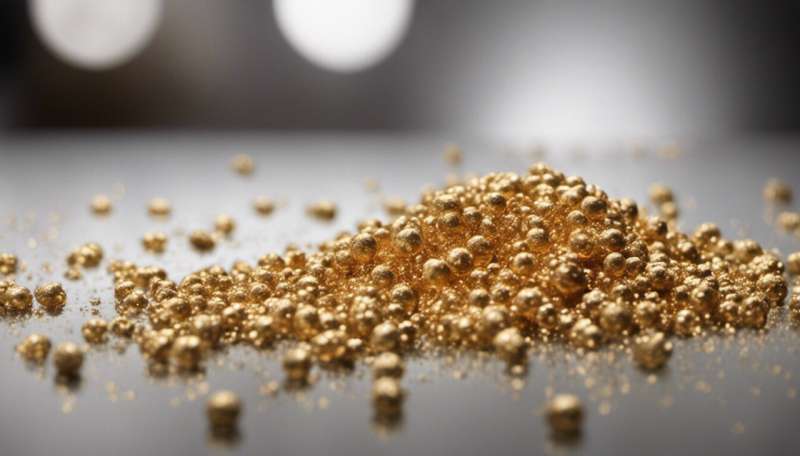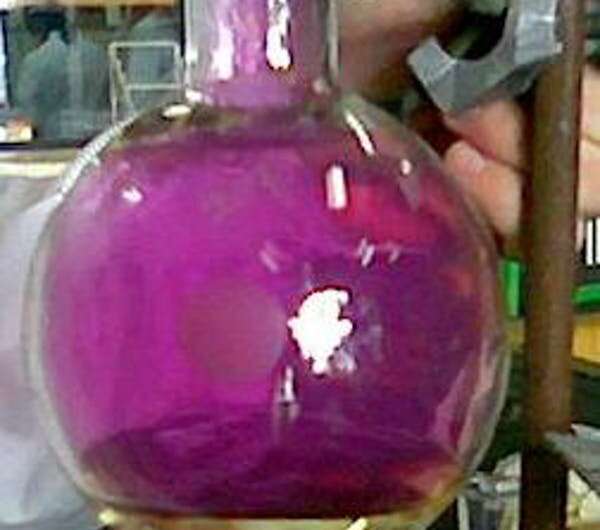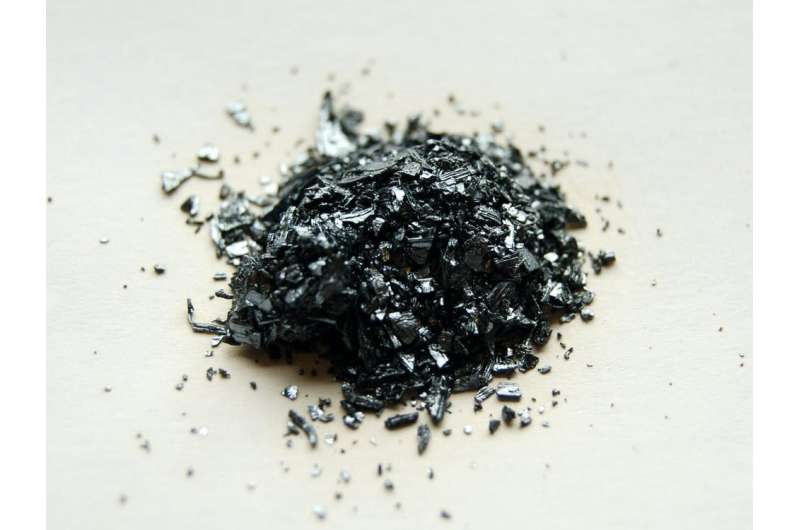Credit: AI-generated image (disclaimer)
The horrific explosion that devastated Beirut on August 4, 2020, has receded, but the physical damage and human distress persists. Reports indicate that fireworks were also stored in the same warehouse as the fertilizer and could sparked the larger, more deadly explosion of the fertilizer.
The two faces of ammonium nitrate
Nitrogen makes up 78% of the atmosphere and is chemically and biologically inert. However, in 1908 the chemist Fritz Haber discovered that nitrogen could be fixed chemically as ammonium nitrate. As a German patriot, Haber was also interested in Germany's preparation for what would become World War I. A problem was that the methods Haber used could not be scaled up for industrial production. It was a fellow German, Carl Bosch, who perfected the industrialisation of the method in 1913, a year before the war's start.
Haber and Bosch were both awarded Nobel prizes for their work—Haber in 1918 and Bosch in 1931. The prizes were instituted by Alfred Nobel, who financed the prizes thanks to his patents for the explosives dynamite and gelignite. Like other explosives, these comprise a molecular mix that releases energy suddenly, most often accompanied by the production of heat, light, gases, pressure and deafening sound.
In his Nobel acceptance speech, Haber acknowledged only that his discovery would help feed the world by improving soil fertility with ammonia. And there is no doubt that it did—populations have more than tripled since then. However, the speech did not mention his the main motivation for his work, Germany's war effort. Haber also contributed to that effort with the production of chlorine gas. What is more, Haber almost certainly did not anticipate the implications of his discovery for fixing ammonia for its contribution to climate change.
An explosive that is easy to make
Studies have estimated that about half of the increase in the world population today owes its existence to nitrogen fertilizers. The Food and Agricultural Organisation (FAO) provides data on global nutrient usage for fertilizer. Interestingly, it also provides data on non-fertilizer applications, among which the manufacture of explosives. However, as we witnessed in Beirut, the explosive was exactly the same molecule as fertilizer, ammonium nitrate. As the ammonia produced by petrochemistry can be used to make explosives as well as to fertilize soils, calculations of the number of people fed by the Haber-Bosch process should also perhaps take into account those killed in armed conflicts in the course of the 20th century.
Another link to explosives is that the same molecule used for fertilizers can be used to produce other explosives when mixed with a small amount of fuel oil. A mixture of 94% porous pellets of ammonium nitrate acts as an oxidizing agent when added to fuel oil (6% of the total volume) and can be used to create a basic but deadly explosive. This combination has been used for criminal and terrorist attacks, but also legally. This mixture accounts for an estimated 80% of the 2.7×109 kg of explosives used every year in North America.
More pertinent today, climate change is causing not only heat waves and flooding, but increased numbers of people are suffering from air pollution, which reduces life expectancy. Sources include fossil fuel burning and excessive fertilizer use. Excessive heat is also associate with decreased life expectancy. Air conditioning can relieve heat stress during heatwaves, but the inequal access to cooling leads to a form of social injustice.
In fact, the Haber-Bosch process contributes two-fold to global warming. Production of ammonia from natural gas produces methane. So production of fertilizers, their use in the soil and livestock husbandry all contribute to climate change.
From gunpowder to the discovery of iodine
Hearing Tchaikovsky's 1812 Overture provides yet another link to explosives. As the cannon shots resonate, they remind us that Napoleon invaded Russia that year. To fight these wars, Napoleon needed ammunition, and ammunition requires gunpowder, a mixture of sulfur, charcoal and potassium nitrate (saltpeter). In the 1800s attempts to assist France's war effort led to the discovery of iodine.
So what, beyond the use of saltpeter in explosives, is the link to iodine? Today 200 years on, we know we all need minute quantities of iodine to make thyroid hormone. It is essential not only to control our metabolism, but is also necessary for brain development. That is why pregnant women need to ensure that they have adequate supplies of iodine in their diet, as it enables them to make the thyroid hormone needed for the development of their child's brain.
Here lies yet another link to explosives: fireworks, which set off the ammonium nitrate explosion in Beirut. Fireworks contain perchlorate, as does rocket fuel and other explosive substances. The US Department of Defense accounts for a large part of perchlorate production in the United States. Yet perchlorate also inhibits iodine uptake by the thyroid gland, which synthesizes thyroid hormone.
So we have three explosive stories here, that tied together, culminated in the Beirut disaster. Alfred Nobel made his fortune on explosives. Haber and Bosch each obtained Nobel Prizes for their work on production of ammonia, supposedly to feed the world. However, the inventors' prime aim was to support Germany's war effort. The devasting effects of increased fertilizer use are being felt globally as climate change inexorably progresses. The last explosive connection is to fireworks that contain perchlorate.
Adverse consequences
Exemplified by perchlorate, chemical pollution is increasing. The United Nations predicted that chemical production would be amplified 300-fold by 2020, compared to 1970, in both developed and emerging economies. Intensive agriculture uses more fertilizers and pesticides, so it too is related to loss of biodiversity and, in turn, increased chemical and air pollution. Like climate change, they all largely have their roots in overexploitation of fossil fuels.
As a society, we need to change our mindset from the current fixation on growth as reflected by the gross domestic product of our economies—real alternatives exist. The COVID-19 pandemic, intimately linked to exploitation of biodiversity, clearly demonstrates that we can reduce our impact on the environment. Travel restrictions enforced as the pandemic unfolded caused air pollution to drop significantly in many regions. The European New Green Deal is certainly a step in the right direction to achieve these goals, and hopefully, other economies will follow Europe's lead.
Provided by The Conversation
This article is republished from The Conversation under a Creative Commons license. Read the original article.![]()

























